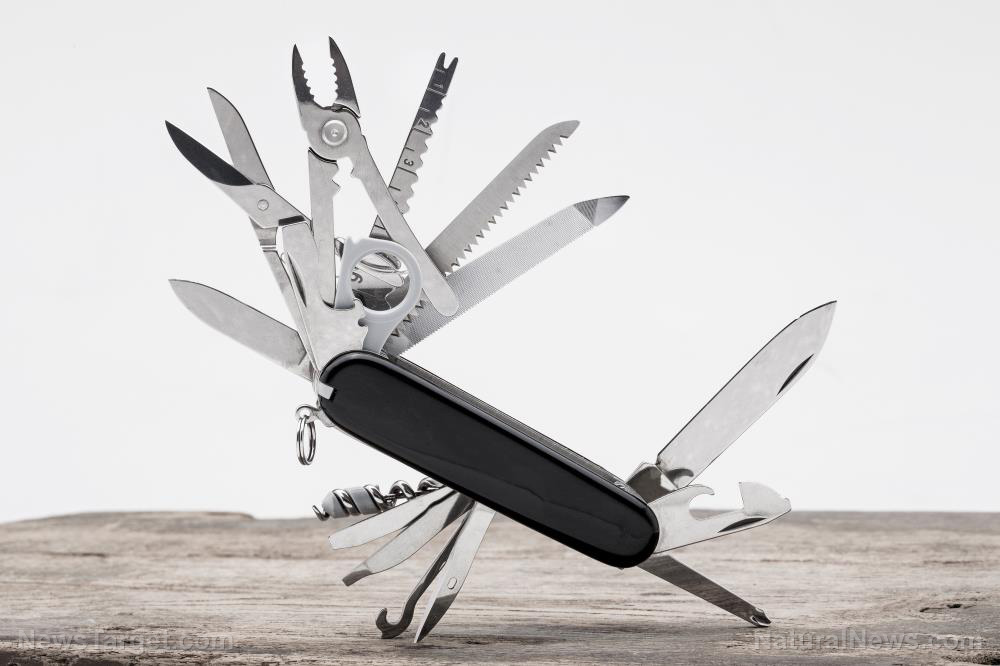
- Modern life is full of distractions, especially with Smart Phones, apps for everything, and the speed at which people demand your time and focus.
- Our brains are wired for distraction—evolutionary survival mechanisms are exploited by technology.
- Multitasking is a myth—switching tasks 1,200 times a day (as the average worker does) destroys productivity and mental clarity.
- Food and environment shape focus—caffeine, protein, and even meditation can sharpen attention, while sugar and digital clutter dull it.
- The "switch cost effect" is real—every interruption steals 25+ minutes of true focus.
- Slowing down can be a superpower—deliberate pauses between tasks improve accuracy and reduce mental fatigue.
The attention economy’s dirty tricks
Our brains weren’t built for the modern world. Back when saber-tooth tigers lurked in the bushes, a short attention span meant survival—constantly scanning for threats kept us alive. Today, those same instincts make us easy prey for Silicon Valley’s attention merchants. Take push notifications. That little ding from your phone isn’t just a sound—it’s a Pavlovian trigger, conditioning your brain to expect a dopamine hit. Studies show that even phantom vibrations (when you think your phone buzzed but it didn’t) plague 63% of people monthly. Our brains, trained to react, now hallucinate alerts. And then there’s the cocktail party effect—your brain’s ability to tune into one conversation amid chaos. Normally, this helps you ignore background noise. But in a world of endless digital chatter, the brain gets overwhelmed. A 2019 Yale study found that even a single flash of light (like a pop-up ad) can make your brain miss glaring differences between images. Now imagine what 100 daily notifications do to your focus. For those with ADHD or autism, the struggle is even steeper. Their brains, already wired to process sensory input differently, get bombarded by a world that demands hyper-focus while offering endless distractions. It’s like trying to read a book in the middle of a rock concert.The myth of multitasking (and what actually works)
We’ve been sold a lie: that doing five things at once makes us more efficient. Science says the opposite. When we lose our focus, we lose more than time. We lose:- Deep thinking (the kind that leads to breakthroughs).
- Meaningful relationships (ever zoned out mid-conversation?).
- The joy of flow states—those rare moments when time disappears because you’re fully engaged.
- Time-block tasks like a surgeon.
- Set a timer for 25 minutes (the Pomodoro Technique) and work on only one task. No emails, no "quick checks" of social media.
- When the timer rings, take a real break—stand up, stretch, look out a window. Then reset.
- Research shows this reduces the "switch cost effect," where every interruption steals a chunk of your mental bandwidth.
- Instead of letting apps dictate your attention, schedule specific times to check messages (e.g., 11 AM and 3 PM). Use "Do Not Disturb" mode outside those windows. Your brain will thank you.
- Need to concentrate? Carbs (whole grains, fruit) slow neurotransmission, helping you zero in on details. Think of it as mental tunnel vision.
- Need quick wit? Protein (fish, eggs, tofu) and caffeine boost dopamine and norepinephrine, sharpening alertness. Ever notice how a cup of coffee makes problems seem easier? That’s biology.
- Avoid the crash: Sugar and processed foods spike then plummet your energy, leaving you foggier than before.
- A 2019 Frontiers in Human Neuroscience study found that a single 10-minute guided meditation improves attention span.
- Don’t overcomplicate it. Sit quietly, focus on your breath, and when your mind wanders (it will), gently bring it back. That’s the workout.
- Train your brain like a muscle.
- Keep a "focus journal." After a work session, rate:
- Did I complete the task?
- How distracted was I?
- What stole my attention?
- Over time, you’ll spot patterns (e.g., "I focus best in the morning" or "Open-office noise destroys my flow").
- If your phone is a black hole for focus, leave it in another room.
- Use apps like Freedom or Cold Turkey to block distracting sites during work hours.
- Try the "5-second rule" when tempted to procrastinate: Count down from 5 and physically move toward your task. Momentum beats motivation.
- Hypnosis sessions are a powerful tool for regaining focus and achieving a state of calm in the moment.
- By guiding individuals into an altered state of heightened awareness and focus, hypnosis helps to bypass the conscious mind's distractions and negative thought patterns.
- This state is induced through slow, monotone speech patterns or guided visualizations, which create a deep sense of relaxation and mental clarity.
- During hypnosis, the body's natural healing processes are enhanced, and the mind is more receptive to positive suggestions and affirmations.
- This can lead to a reduction in stress and anxiety, which are often at the root of many health issues, including chronic pain and mental health disorders.
- By locating and experiencing a pain-free time in one's life, hypnosis helps individuals reconnect with a state of well-being and resilience.
- The typical session duration of forty-five to ninety minutes allows for a deep immersion in this therapeutic state, and the recommended six to twelve weekly visits ensure that the benefits are sustained and reinforced over time.
- Hypnosis is not just a temporary fix; it is a holistic approach to mental and physical health that empowers individuals to take control of their well-being and live a more focused and calm life.
The complex relationship between alcohol and nutrition: Insights from “Alcohol and Nutrition”
By Kevin Hughes // Share
Study: Amino acid glycine could revolutionize depression treatment
By Evangelyn Rodriguez // Share
The overlooked power of B vitamins: Why deficiencies are rising and how to reverse them
By Evangelyn Rodriguez // Share
The essential everyday carry: Discreet survival tools for modern preppers
By Evangelyn Rodriguez // Share
A viral video ignites federal firestorm over Minnesota fraud
By willowt // Share
Russia activates "unstoppable" Poseidon tsunami drone
By kevinhughes // Share
Russian FM Lavrov: Moscow will back China on Taiwan issue
By ramontomeydw // Share
The breakfast clock: Why timing your morning meal is a secret weapon against high cholesterol
By jacobthomas // Share
The Health Ranger's New Year Revolution: The ultimate guide to health, wealth and freedom
By kevinhughes // Share
"Absolute Healing" on BrightU: Experts explore COVID-19 as an engineered bioweapon
By jacobthomas // Share











